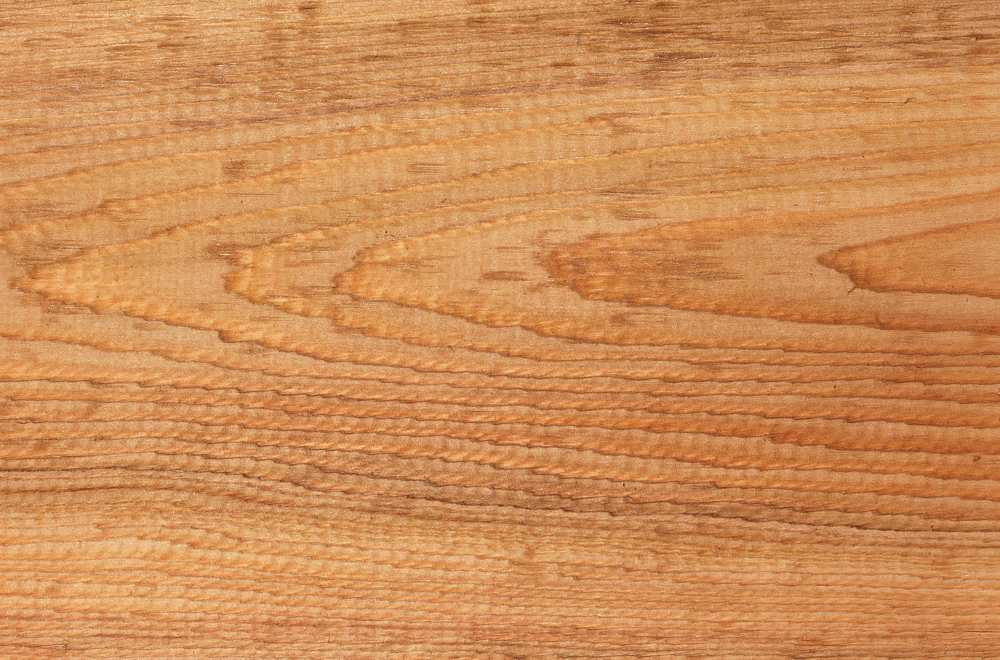Cedar
WOOD TYPE
Common names: CEDAR
Botanical classification: Cedrus atlantica (Atlas Cedar), C. deodata (Himalayan cedar), Fam.: Pinaceae.
GENERAL
Main products: Sawn wood.
Natural attributes - structure - origins: Moderately heavy wood (580 kg/m³), with light-brown heartwood and characteristic odor. In each growth ring, earlywood to latewood transition is usually abrupt. Straight grained wood, especially in the Atlas Cedar, with a fine texture.
Natural durability in time: Durable wood. May be affected by beetle species Ambrosia and Longhorn.
Mechanical attributes: Wood with low flexural strength, compressive strength and impact, with low modulus of elasticity
Density: R (12-15%) = 0,58 gr/cm³
PROPERTIES AND PROCESSING OPERATIONS WOOD
Drying behavior and stability after drying: Dries very easily, but with a tendency to warping. Average dimensional variability after drying.
Impregnation behavior: The sapwood is permeable to moderately permeable and the heartwood is resistant to impregnation.
Bending behavior: Very poor flexural behavior during steaming.
Working properties - tool blunting: Easily treated with a very low degree of tool blunting. The presence of knots and bark inclusions creates problems.
Νailing and screwing: Easy nailing and screwing with good retention.
Gluing behavior: Good.
Behavior in the dyeing and finishing: Good paint, good finish.
APPLICATIONS
Woodworking, bridges, garden furniture, gates, fences, doors, railway sleepers.









